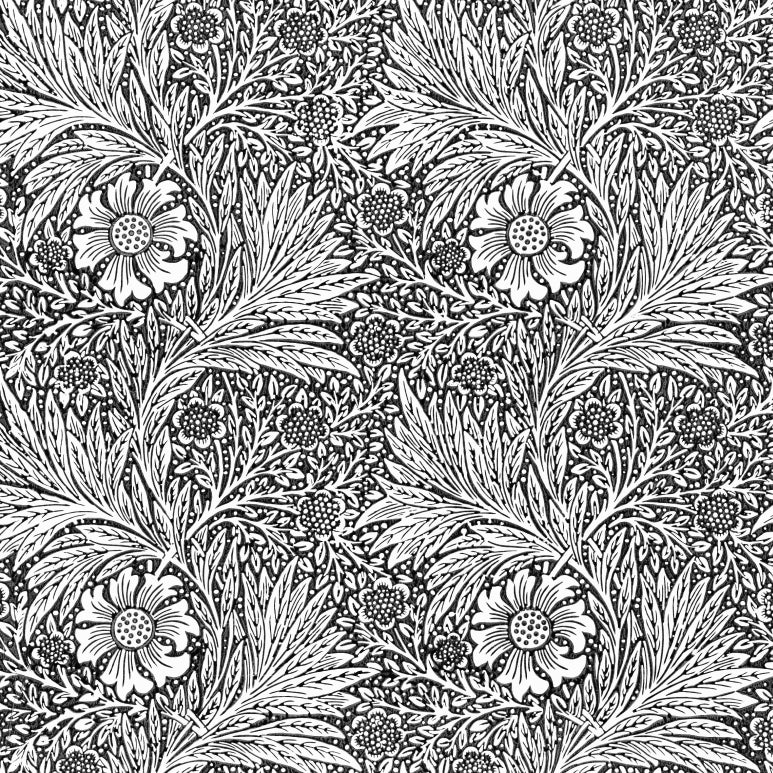Beyond the Sparkle: Your Guide to the 4Cs of Diamonds
Here at Luminacraft, we believe that every diamond tells a story. It’s a symbol of love, a milestone achieved, or a timeless heirloom passed down through generations. But with so many diamonds to choose from, how do you find the one?
The answer lies in understanding the 4Cs: Cut, Color, Clarity, and Carat. Created by the Gemological Institute of America (GIA), the 4Cs are the universal standard for evaluating diamond quality. Think of them as the blueprint for a diamond's beauty and value.
Let’s demystify each C, so you can shop with confidence and find a diamond that takes your breath away.
1. The Cut: The Master of Sparkle
Often called the most important of the 4Cs, the Cut refers not to the diamond's shape (round, oval, princess, etc.), but to how expertly a craftsman has sculpted the stone.
-
What it is: The quality of the diamond's proportions, symmetry, and polish. This determines how effectively light enters the diamond, reflects internally, and exits back to your eyes in that dazzling display of fire, brilliance, and scintillation we call "sparkle."
-
The Grading Scale: Excellent, Very Good, Good, Fair, Poor.
-
Our Advice: Don’t compromise on cut. A well-cut diamond will appear brighter and more vibrant, even if it has slightly lower color or clarity. It’s the heart of the diamond’s beauty.
2. The Color: The Hue of Purity
When we talk about color in diamonds, we’re actually referring to the absence of color. The less body color a diamond has, the higher its color grade.
-
What it is: The GIA scale grades diamonds from D (completely colorless) to Z (light yellow or brown). Truly colorless diamonds (D-F) are extremely rare and valuable.
-
The Grading Scale: D-E-F (Colorless), G-H-I-J (Near Colorless), K-L-M (Faint Yellow), N-R (Very Light Yellow), S-Z (Light Yellow).
-
Our Advice: The human eye is incredibly adaptive. To the naked eye, a Near Colorless diamond (G-J) will appear just as white as a Colorless one, especially once set in a ring, but it comes at a much friendlier price point. This is where you can find incredible value.
3. The Clarity: Nature’s Fingerprint
Diamonds are formed under immense heat and pressure deep within the earth, which can create tiny internal characteristics called inclusions and surface characteristics called blemishes.
-
What it is: Clarity is a measure of these natural imperfections. A diamond with fewer inclusions and blemishes is rarer and thus more valuable.
-
The Grading Scale: Flawless (FL) to Included (I3). Most diamonds used in fine jewelry fall into the VS (Very Slightly Included) or SI (Slightly Included) categories.
-
Our Advice: Don’t strive for perfection you can’t see. Most inclusions are microscopic and invisible to the naked eye. Choosing a diamond in the VS or SI range means you get a beautiful, "eye-clean" stone without paying for flawless perfection you’ll need a magnifier to see.
4. The Carat: The Measure of Weight
This is the C everyone knows, but it’s often misunderstood. Carat is a measure of a diamond’s weight, not its size.
-
What it is: One metric carat equals 200 milligrams. Larger diamonds are rarer and more valuable, but carat weight alone does not determine a diamond's beauty.
-
The Grading Scale: Measured by weight (e.g., 0.5 ct, 1.0 ct, 1.5 ct, etc.).
-
Our Advice: Consider the diamond’s cut and shape in relation to carat weight. A beautifully cut diamond can face-up (appear larger) than its carat weight suggests. Also, don’t fixate on a round number. A 0.90-carat diamond can be significantly less expensive than a 1.00-carat one, with virtually no visible difference in size.
Finding Your Perfect Balance
The magic of choosing a diamond is finding the right balance of the 4Cs that works for your taste and budget. There is no single "right" answer—only what’s right for you.
Perhaps you prioritize a larger carat weight and are happy with a slightly warmer color. Maybe your dream is a brilliant, fiery sparkle, so you choose the highest cut grade you can find.
Your Journey Starts at Luminacraft
At Luminacarft, our passionate experts are here to guide you. We’ll take the time to show you diamonds side-by-side, explain the nuances of the 4Cs in person, and help you discover a stone that captures everything you’re looking for.












Leave a comment